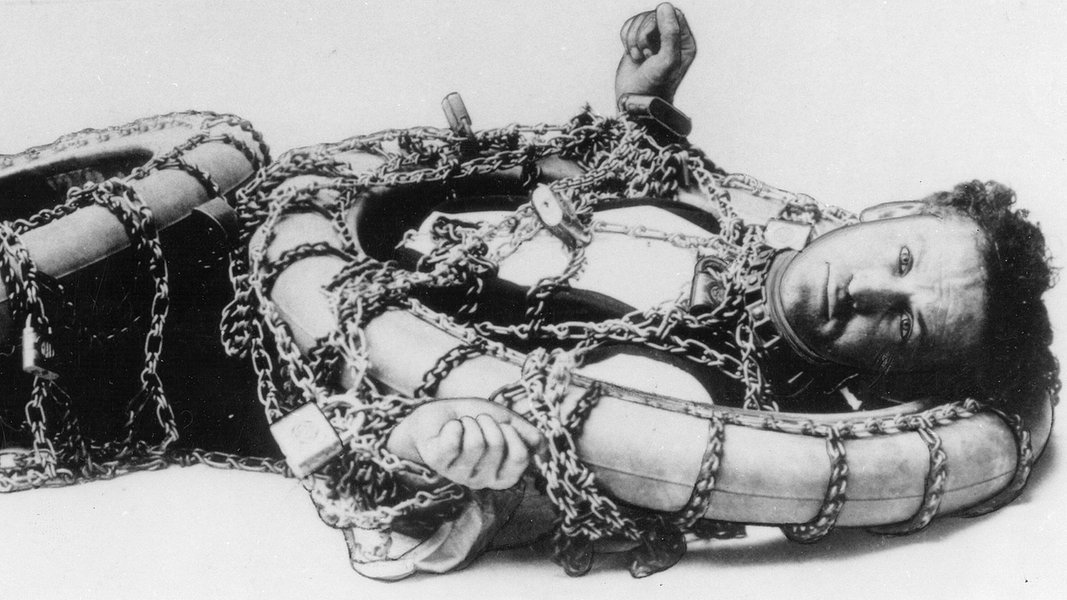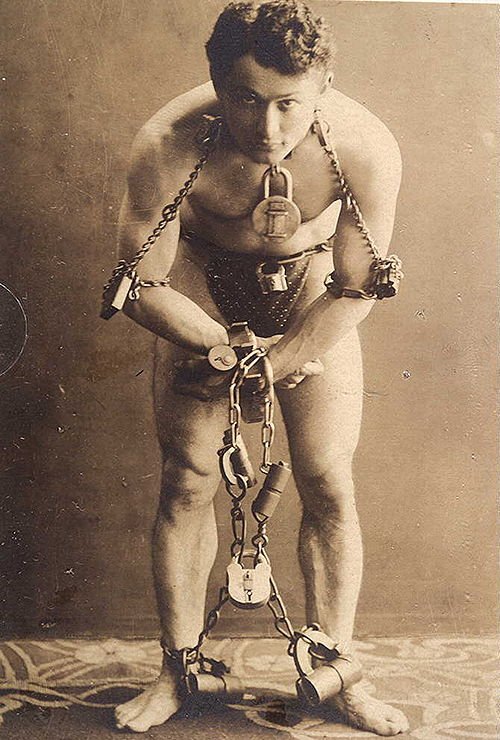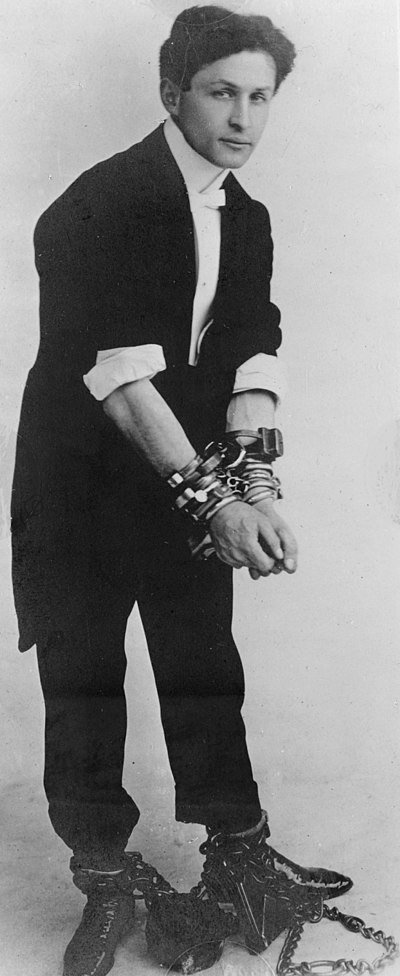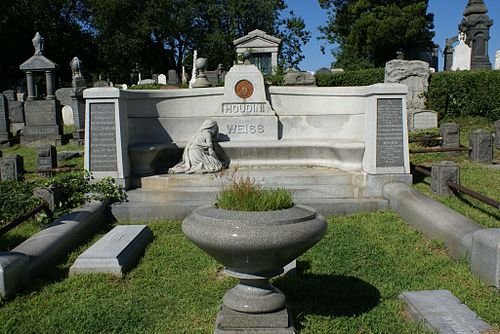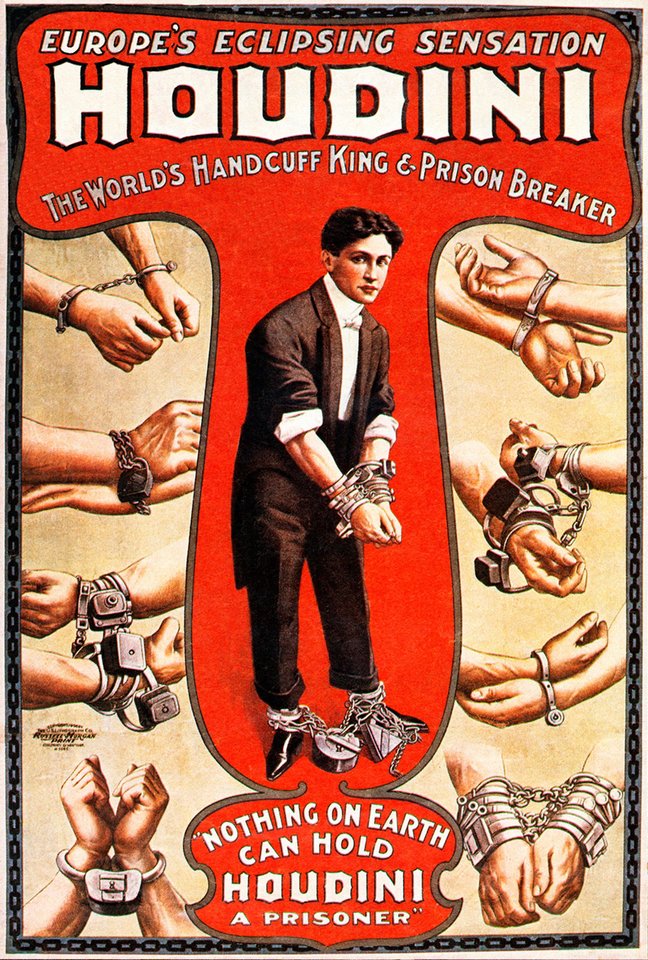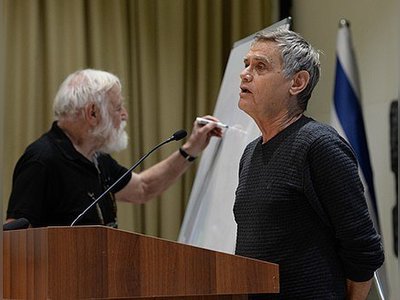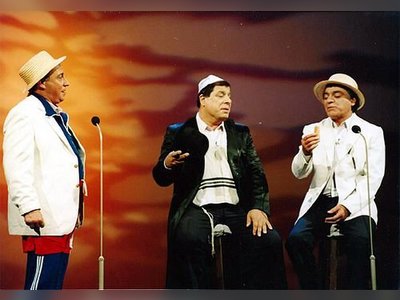Harry Houdini: The Master of Escape and Illusion
Harry Houdini, born Erik Weisz on March 24, 1874, was one of the greatest magicians, escapologists, and entertainers of all time. He was a Hungarian-American Jew, known by his stage name, Harry Houdini.
Childhood
Erik Weisz was born into a Jewish family in Budapest, Hungary, on March 24, 1874. In 1878, the Weisz family immigrated to the United States, initially settling in Wisconsin, where his father worked as a rabbi in the Reform Jewish community. In 1887, Erik and his father moved to New York, and later in life, Houdini resided in Harlem. It was in New York that Erik changed his name to "Harry," which sounded more American and resembled his Hungarian name.
Career
In 1891, Harry Houdini became a professional magician and adopted the stage name "Harry Houdini" as a tribute to the French magician Jean Eugène Robert-Houdin. He legally changed his name to Houdini in 1913. In 1893, he met his future wife, Wilhelmina Beatrice Rahner, who later became his partner in his professional endeavors.
In the early years of his career, Houdini focused on card tricks and traditional magic acts but soon began experimenting with escape acts. In 1899, Houdini met fellow performer Martin Beck, who encouraged him to specialize in escape acts. Within a few months, Houdini's career took off, becoming one of the most successful acts in the United States. In 1900, he embarked on a European tour, and by his return in 1904, he was already a sensation.
During the first two decades of the 20th century, Houdini performed escape acts all over the country, escaping from handcuffs, chains, ropes, straitjackets, and even submerged in water, often while suspended upside down. In 1913, he introduced his famous "Chinese Water Torture Cell" act, in which he was suspended, bound, and submerged in water upside down.
One of the most famous incidents in Houdini's career occurred in 1902 during a performance in Blackburn, England. Houdini was challenged to escape from specially designed restraints created by the locksmith Nathaniel Hart. The challenge took over an hour, during which Houdini was hidden behind a small curtain to conceal his escape method.
At one point, Houdini asked for permission to remove his jacket, claiming it was impeding his escape. He then used a concealed tool to cut his way out of the jacket and restraints. The audience initially believed that his wife, Bess Houdini, had passed him a key during a kiss on stage, but they later realized this was not the case. About 70 seconds into the act, Houdini emerged from the curtain, having successfully escaped from the restraints.
Houdini's death in 1926 at the age of 52 was attributed to peritonitis caused by a ruptured appendix, exacerbated by an earlier incident in which he received multiple punches to his abdomen from a student named J. Gordon Whitehead. Houdini had been accustomed to receiving punches to his stomach as part of his act, but this particular incident occurred while he was unprepared. It is believed that the pain from the punches masked the symptoms of his appendicitis, preventing him from seeking medical attention in time.
Houdini's funeral took place on November 4 in New York City and was attended by over 2,000 people.
Legacy
Harry Houdini left a legacy of skepticism regarding claims of the supernatural. He arranged with his wife, Bess Houdini, before his death, that if there were an afterlife, he would try to communicate with her. For ten years after his death, Bess held seances on Halloween, attempting to contact her late husband using various mediums.
None of these attempts were successful, leading her to conclude that "ten years is long enough to wait for any man." In 1953, a biographical film about his life, starring Tony Curtis, was released. In 2000, the magazine "Skeptical Inquirer" named him one of the ten greatest magicians of all time, alongside figures like Albert Einstein.
In 2002, the United States Postal Service issued a stamp featuring Houdini's image. In 2014, the Fox network aired a two-part miniseries about his life.
Houdini's vast collection of books on magic and escapology was eventually transferred to the Library of Congress in Washington, D.C.
- הארי הודיניhe.wikipedia.org
